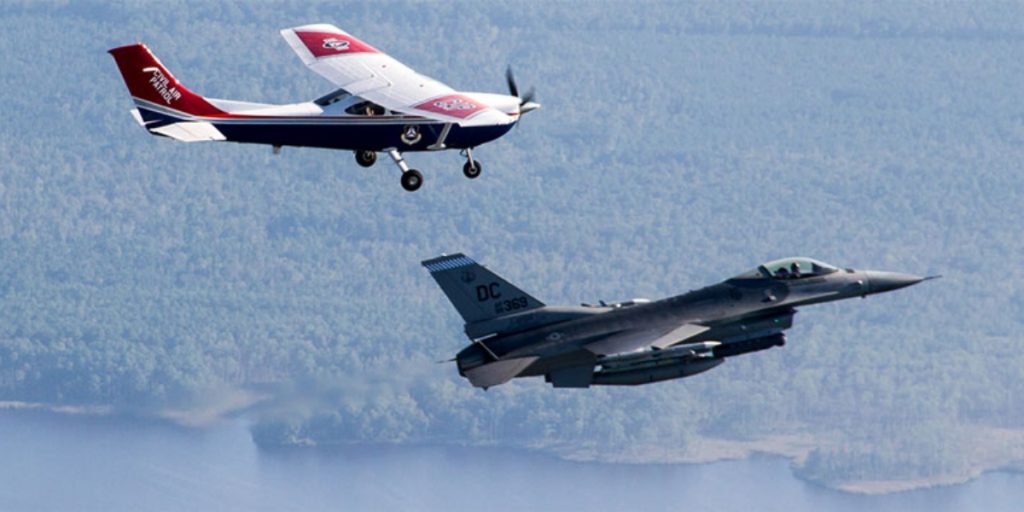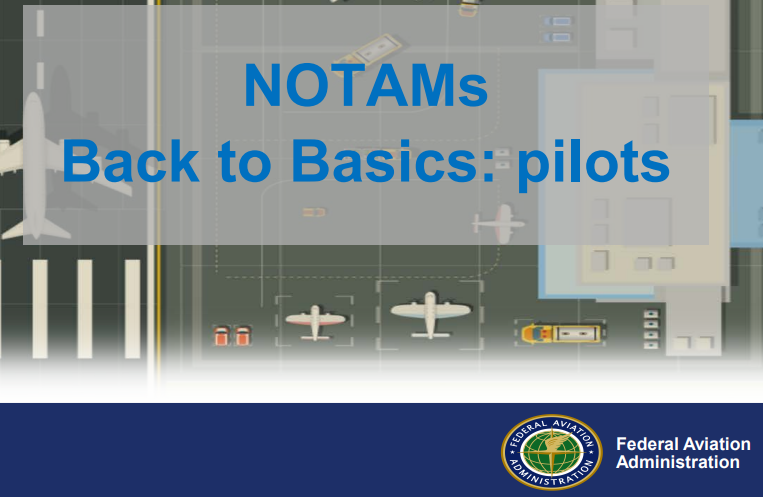This is one of the more obscure topics that pops up from time to time about an old FDC NOTAM and requires careful reading of the topic and the language used to understand it better.
There are some pilots and instructors that will reference a NOTAM from 2004 declaring that anytime an airplane is in the air it should have its second radio tuned to 121.5 and open listening to the guard channel.
However, a carful reading of the NOTAM will dispel that myth.
First of all the NOTAM’s first line says “NATIONAL AIRSPACE SYSTEM INTERCEPT PROCEDURES.” Right away we are talking about a specific circumstance.
It references what pilots should be doing when intercepted by military aircraft and references AIM 5-6-2, but since 2004 this has moved to AIM 5-6-13.

In the body of the NOTAM text the sentence that gets the attention where the conclusions are drawn from states, “ALL AIRCRAFT OPERATING IN UNITED STATES NATIONAL AIRSPACE, IF CAPABLE, SHALL MAINTAIN A LISTENING WATCH ON VHF GUARD 121.5 OR UHF 243.0.”
While the NOTAM says all aircraft operating in the NAS, the operative words here are “IF CAPABLE”. So, what does that mean? Technically capable? Workload capable? It is open to interpretation.
A solo pilot flying cross country may have the second radio installed, but could be busy with their primary task of ‘flying the airplane’ and using the second radio to get weather from their next airport where monitoring Guard is not practical, regardless of the “IF CAPABLE” wording. Is a task-saturated pilot “capable” of monitoring Guard in addition to their more immediate duties. Probably not. This “capability” can and will vary from pilot to pilot on the same flight plan.
There may be plenty of time to monitor Guard on a long cross country for a solo pilot flying VFR, but change that same cross country to a busy weekend with many other airplanes in the same airspace or a single pilot IFR flight setting up for an approach and the “capability” to add another frequency and divide attention to yet another task goes down dramatically.
To date there have been no enforcement actions documented where pilots have been cited for not monitoring Guard and it would be a difficult thing to prove.
However, should a pilot monitor 121.5? Absolutely! There are several benefits to having it monitored on a second comm “if capable.” For example:
- Helping ATC to locate/triangulate an activated ELT (surprisingly common).
- Being alerted by ATC if you switched to your next frequency incorrectly/haven’t checked in.
- Being alerted by ATC if you failed to squawk VFR (1-2-0-0) when they released you.
- You using Guard to ask ATC for another frequency if they gave you a ‘next’ frequency not appropriate for your area of flight (it happens – I’ve heard airliners calling ATC on Guard because they needed an appropriate frequency).
An interesting discussion of this topic can also be found on an AOPA forum where a former FAA Principal Operations Inspector discusses this issue with a member posting something as ‘fact’. Definitely worth a read.
Also, for a very good primer on NOTAMs the FAA has a presentation in PDF form available here.

